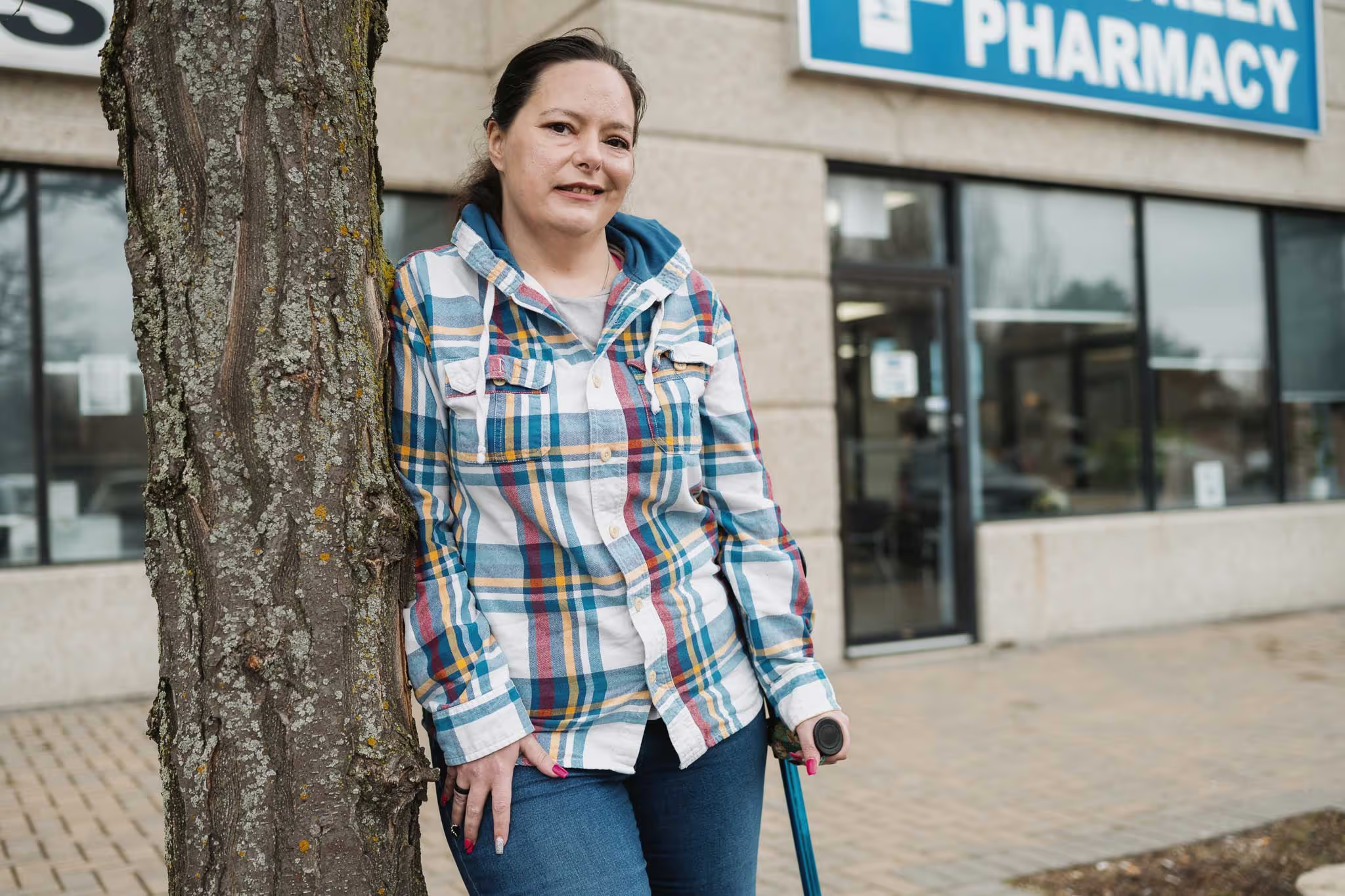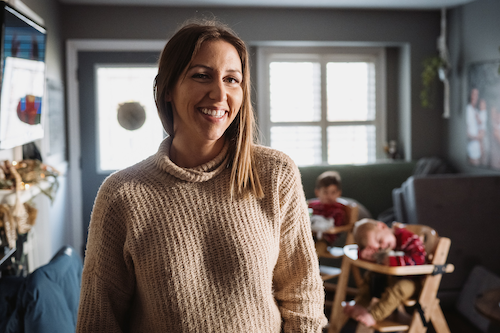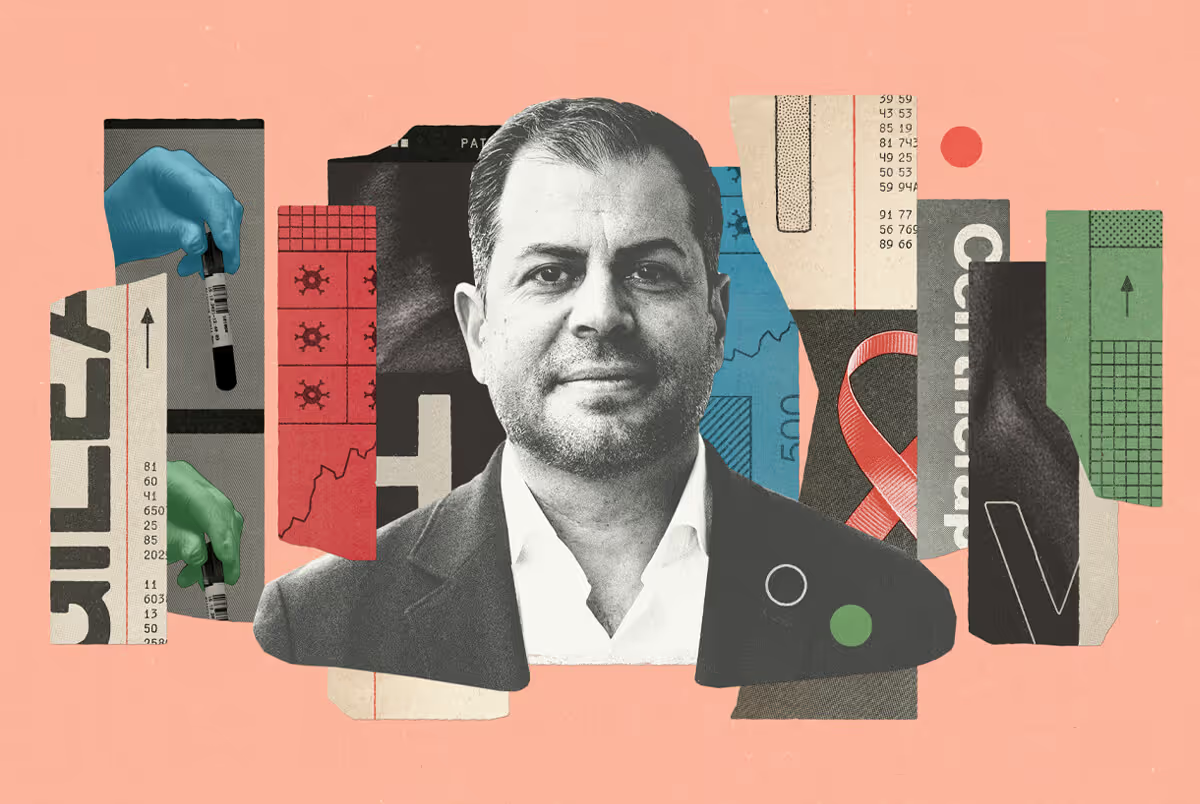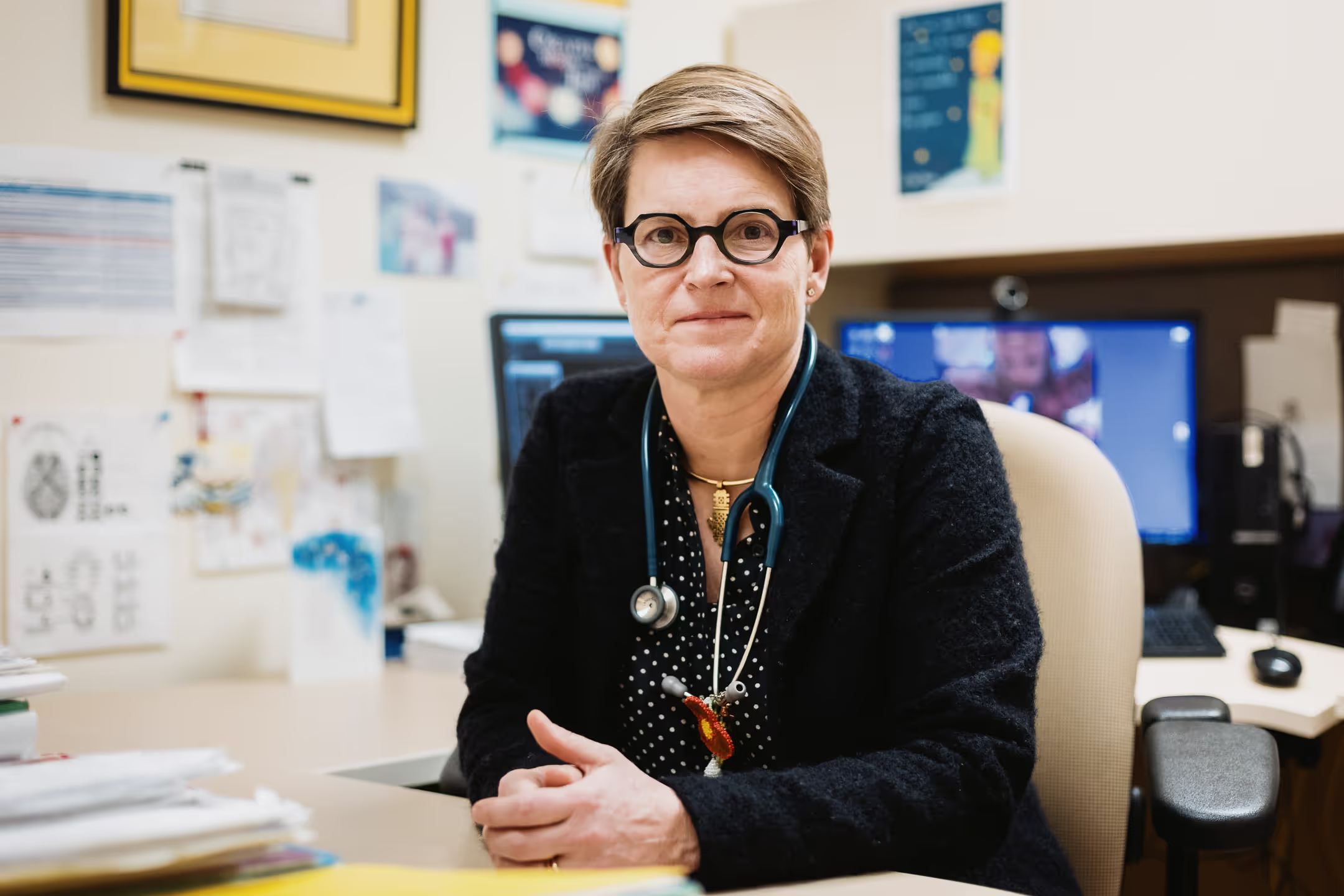“There was one year that I was the number one visitor to the Guelph ER. There’s no prize for that. No frequent flyer points. But they got to know me so well that, as soon as I rolled in, they’d have me attached to an IV, giving me the medication that would ease the debilitating pain. The Amanda Protocol.
These days, I’m on regular nerve block injections. I go once a week and get 30 injections from the top of my head to the base of my spine. While this doesn’t take away all of the pain, at least it keeps me out of the ER. It helps me get up out of the wheelchair and walking around. It makes my life livable. But I’m living in the shadow of a possible OHIP rule change by the government that could make these injections harder to get. It’s terrifying.
“All you can do is find a way to manage it as best as you can.”
The thing with Ehlers-Danlos syndrome is that it’s incurable. The pain is incurable. All you can do is find a way to manage it as best as you can. And hope that whatever solution you find will keep working. And that it won’t be taken away.
I always figured that Canada had this great medical system, the best in the world. And then I got sick. It was eight years searching for a diagnosis. Two years to get CPP disability. But I could get MAID in 90 days. I recently had a call with my MP about this, and I had to say, ‘Sometimes I’m ashamed to be a Canadian now.’

Because it’s not like this situation is intractable. Pain management is possible, if the health care system makes it accessible. I don’t know what it’s like to not be in pain, but with the nerve block injections, at least I can live my life. The pain can be dulled enough to let me focus on something else for a while. To watch a movie without being distracted by pain the whole time. To spend time with my kids without being in agony.
I take my kids camping every summer and while I can’t do the big hikes because of the arthritis and stiffness in my joints, just the fact that I’m able to be there with them means so much. And that’s a fragile capability. I wouldn’t be able to do it if I was back where I was when the Amanda Protocol was in place.”
%20(1).jpg)






